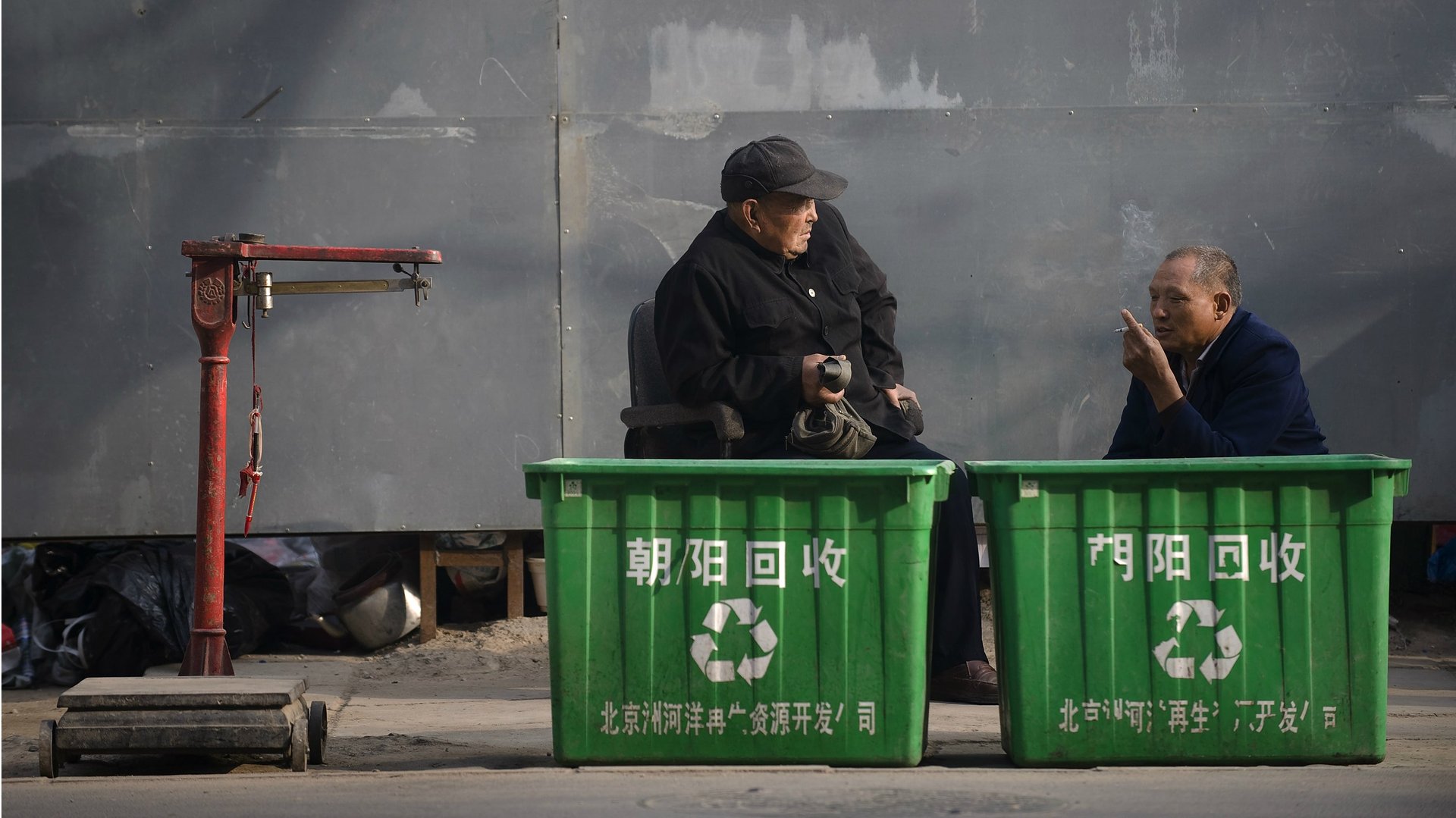China’s economy may still be slowing, but other data offer cause for hope
China, which reports GDP later this week, is still on track to have its worst year of growth in a decade, but a few indicators preceding that release offer some cause for optimism. China’s economic growth has slowed drastically in 2012 and will likely grow between 7.0% and 7.5% for the year, compared with an average GDP growth above 9.0% in 2011.


China, which reports GDP later this week, is still on track to have its worst year of growth in a decade, but a few indicators preceding that release offer some cause for optimism. China’s economic growth has slowed drastically in 2012 and will likely grow between 7.0% and 7.5% for the year, compared with an average GDP growth above 9.0% in 2011.
The reliability of China’s GDP, as well as other indicators, has long been doubted by analysts and even senior Chinese official Vice Premier Li Keqiang previously dismissed official GDP data as “man-made” or “for reference only” because of the influence of politics on data reporting at local levels. Still, many investors and China economic watchers continue to monitor official Chinese economic data for signs of what’s to come. Here are some of the latest:
First, inflation fell in September, which gives China’s central bank more room for monetary easing. Consumer prices were up 1.9% from a year earlier, slightly below the rate of 2.0% in August. Chinese officials have been wary of providing too much stimulus to an economy that has slowed in large part because of a drop in demand from the United States and Europe. A massive stimulus package in 2008 stoked serious inflation that scared investors and made life hard for many of the 1.3 billion people living in China. Governor Zhou Xiaochuan of China’s central bank, the People’s Bank of China, may be able to sleep a little more easily now. He warned in a paper over the weekend that too much monetary easing by major economies would cause inflation in China, just as the country is trying to stimulate growth but keep prices under control.
Second, Chinese exports recently doubled analysts’ expectations, rising 9.9% in September from a year earlier. Bullish investors say this could mean China’s slower-growing economy is reaching its bottom and could pick up again. Others say it also reflects optimism in the US economy and the result of US retailers predicting strong sales in the holiday season. Producer price inflation, which measures inflation at the wholesale level, also fell 3.6% from a year earlier. Imports in September edged up 2.6%, better than in August when imports contracted but still weak, suggesting that consumer demand in China is soft.
Official GDP data to be reported on Oct. 18 are expected to show the seventh consecutive quarter of slower growth in China. One consensus forecast predicts annual growth of 7.4 % in the third quarter, down from the second quarter’s 7.6%. As many have said, a slowdown may be giving China the kick it needs to rebalance an economy dependent on demand from abroad. In 2011 exports made up 31% of GDP, according to World Bank data, and supported about 200 million jobs.
Other data from the second quarter and past months show that a shift toward an economy focused on domestic consumption might be taking place. As Nicholas Borst of the China Economic Watch points out, key indicators to watch to tell whether China is rebalancing include whether the rate of disposable income of citizens is rising faster than GDP. It has for the first half of this year, reversing a two-year trend. Data on income for the third quarter should also be released for the third quarter.
These indicators, albeit a snapshot, could signal the beginning of a turnaround for China. That’s good news for markets but bad news for critics of China‘s authoritarian system. China’s model of state-led economic development that resulted in three decades of double-digit growth—and transformed it into the world’s second largest economy—might be sustainable, after all.